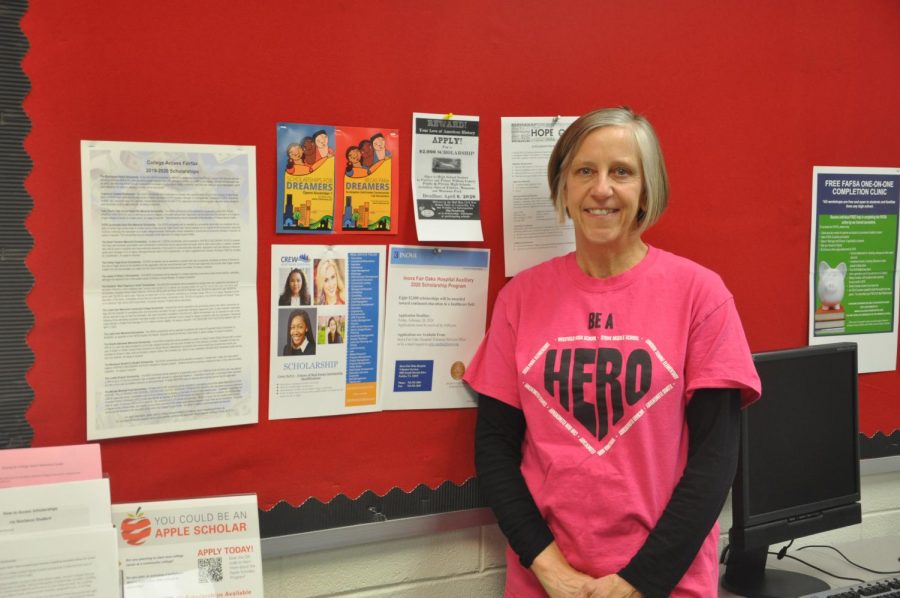THE TRUTH BEHIND COLLEGE SCHOLARSHIPS
Photo courtesy of Nirvik Parajui
I have often heard, and probably said a few times myself, that there are millions of dollars in scholarships out in the world that do not get claimed. So, in doing research for this story about how to find scholarships, I tried to track down the truth. The truth, it turns out, is that very few scholarships actually go unclaimed. And this led me to another question. Who, then, is getting these scholarships and where are they getting them from?
My anecdotal experience as the College & Career Center Specialist at Westfield tells me that those who work the hardest at applying for scholarships, stop in the Career Center often to check on opportunities, and apply to a variety of different scholarships, are the ones getting the most money. And I do think that is true, in part. But that doesn’t tell the whole story.
According to Sallie Mae’s “How America Pays for College Report” (2019), most scholarship money is awarded as a result of a financial aid process set out by the college and state and local governments. “Sixty-one percent of those who used scholarships received one from the college, with an average amount of $10,006; 21% received one from the state, with an average amount of $2,805,” according to the report. The report also states that thirty-one percent of scholarship recipients reported getting one from a community-based source – such as their school, a community group, local business or non-profit – with an average amount of $2,882. Of those who did not use scholarships to pay for college, two-thirds did not apply for any!
These four tips can help you find the funds you need to pay for your plan!
Look to the schools you are applying to for scholarships. Many colleges use merit scholarships to recruit students and build a diverse student body. They may give funds based on GPA, intended major, residence area, or for a specific extracurricular activity. In addition, many state schools offer scholarships to those from out-of-state with strong academic records. You are also more likely to get a scholarship from a college where your test scores and grades place you in the top 10 percent of the class.
You will not get any scholarships if you don’t apply! Get going…and do your research by using the Naviance Student Scholarship Database, individual college websites, scholarship search engines and websites, community organizations you or your parents belong to, places of employment, school clubs and honor societies, or the career you’re interested in pursuing. There are scholarships out there for everyone – don’t make the mistake of thinking you don’t have the right grades or activities or background.
Be prepared by developing the building blocks of a strong application. By building blocks, I mean a strong essay or two that can be adapted to different opportunities, a professional looking resume or activities sheet, recommenders ready to write letters for you, and the time dedicated to fully complete the application. Make sure the time you set aside includes time to read and follow directions closely, proofread everything, and modify your application to the specific scholarship.
And, finally, pay attention to deadlines. Colleges may have guidelines for who is eligible for scholarships based on the type of applicant they are – like an Early Action applicant – that has a specific deadline – or they may have a deadline specifically for scholarships. This deadline is often earlier than the Regular Decision deadline for applying. If you’re an underclassman, you should make this research part of your initial college research. Seniors should be checking to see what opportunities may still be available at their schools.
No matter where you are in the process, or where you are headed, there are college scholarships out there for you! Stop by the Career Center for more tips and resources – and get started!
Resources: Sallie Mae How America Pays for College Report 2019; College Access Fairfax – Scholarship 101 Quick Reference; Five Tips for Scoring College Scholarships, Consumer Reports, Donna Rosato, January 2019)








